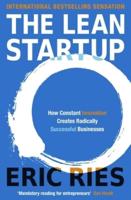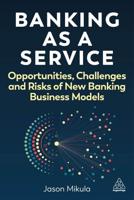Publisher's Synopsis
Information systems have become a critical part of the infrastructure of most, if not all, businesses, government organizations, and even individual households. To be useful, an information system must integrate and align with the way the business conducts its operations. By necessity this means that information systems construction requires an understanding of the organization's procedures, operations, and processes. Articulating, modeling, and managing business processes and workflows are pre-conditions to successful automation. Business processes are part of the fabric of the business and represent a strategic and critical intellectual asset that needs to be understood and proactively managed. Processes are often cross-functional and involve multiple systems, software applications, and human assets - including employees, customers, partners, and vendors. Processes must be formally defined and documented so that they can be practiced uniformly and consistently across the organization. Explicit articulation of processes is essential so that the processes truly become intellectual property of the organization rather than being tied to a specific individual. Business process modeling (or BPM for short) is the activity of eliciting, documenting, modeling, and analyzing work procedures within an organization. To be successful, the business analyst must possess the necessary modeling skills and business knowledge to carry out these responsibilities. The first step in business process management is capturing and articulating the processes. This is done through process modeling. Once processes have been documented, then the organization can think about optimizing and eventually automating the processes. Optimization is done through a combination of manual analysis as well as automated simulation. This book describes the PROMAP methodology for articulating and modeling business processes. PROMAP is practical and based on over 20 years of experience in modeling.










